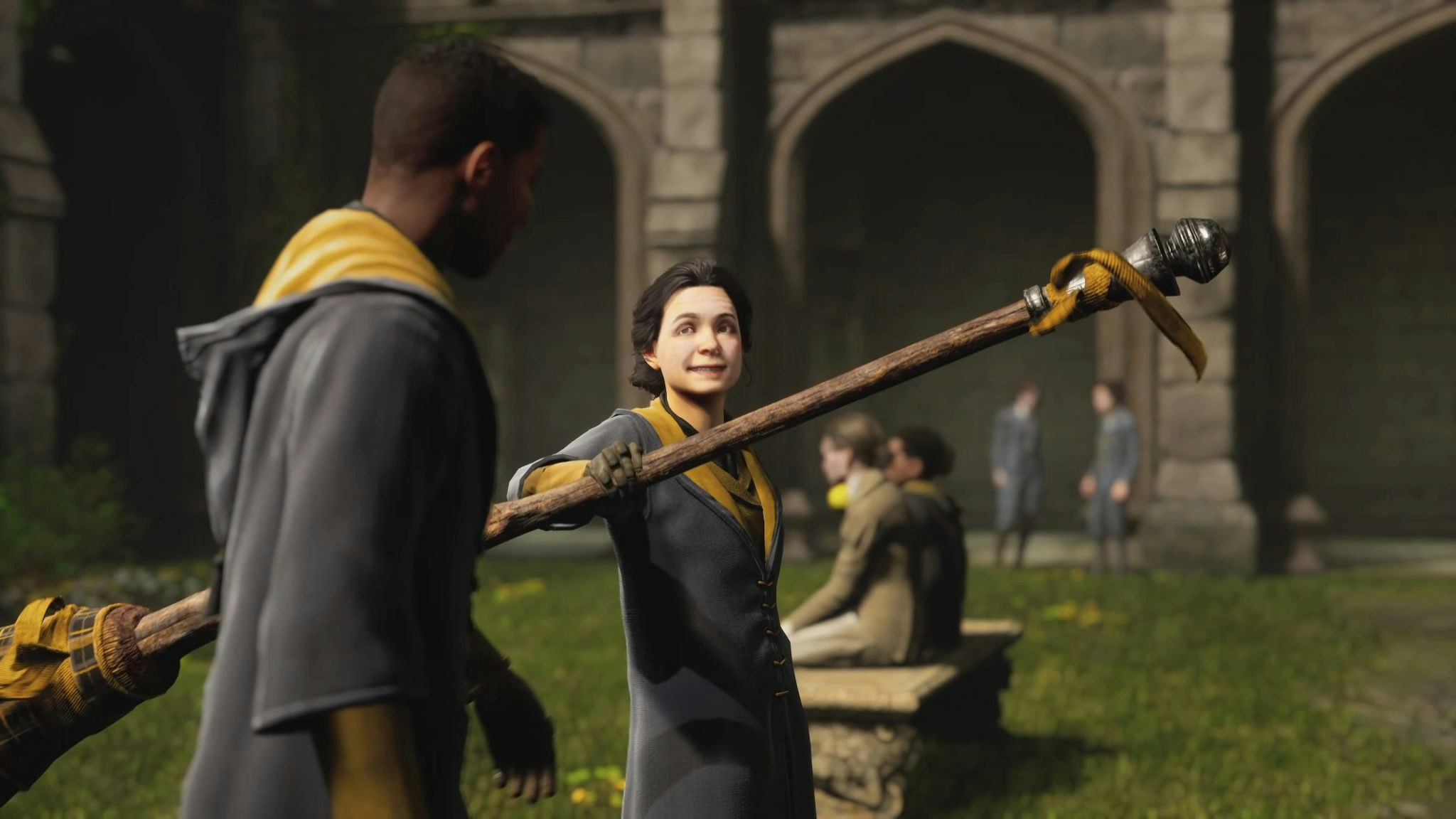
As I’ll dig into, Hogwarts Legacy is very demanding on video memory, so turn down texture, view distance, and material quality if you’re encountering stutters or lowered performance. That’s why I decided to turn down texture quality and material quality. As you can see in the screenshot of the rug above, though, the quality drops the further away something is from the camera. Hogwarts Legacy also prioritizes objects closer to the camera, leading the different quality presets to look similar. Turning the setting up makes Hogwarts Legacy feel more lively, but it also comes at the cost of GPU and CPU performance. Turning down the population quality setting seems to turn down the density of other characters. That isn’t a fluke - or, at least, it doesn’t appear like one. In addition, you can see three students sitting in the Ultra screenshot that isn’t present in the others. Hogwarts, in particular, is washed out in dust and fog that mostly disappears at lower-quality settings. The devil is in the details.įirst, notice how much more fog there is in the air with the Ultra preset. These images were taken after a full reboot of the game to verify that the changes were applied, as well. As you can see in the screenshot above, there’s very little difference between the Low preset, Ultra preset, and my recommended settings. Hogwarts Legacy‘s quality settings are deceptive.

After running around Hogwarts and Hogsmeade for a few hours, here are the best settings I found for Hogwarts Legacy: Hogwarts Legacy includes a benchmark that will automatically apply recommended settings based on your hardware, but you shouldn’t trust it.

If you played the game during the early access period, make sure you update to get the latest performance fixes on PC. Hogwarts Legacy received a day-one patch on PC that improved stability and fixed stuttering issues.


 0 kommentar(er)
0 kommentar(er)
